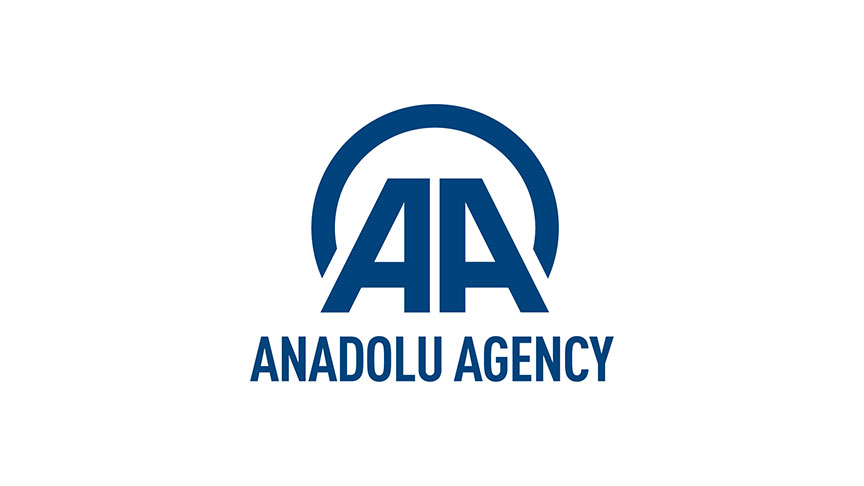On Jan.16, the UN, EU and U.S. lifted economic and financial restrictions against Iran that were imposed due to Iran鈥檚 nuclear program.
This marks an important milestone in the region鈥檚 political and economic history.
The political climate in the region, which heated up with the Syrian Civil War and its extension into Iraq and reached its culmination in the recent Saudi-Iran rivalry.
However, Iran freed of the shackles of sanctions, has become the focus of the global oil industry and once again, business precedes politics.
President Hassan Rouhani of Iran did not waste time before his first trip to Europe to restore economic ties with EU countries. His trip was limited to Italy and France, where nearly 35 billion euros worth of contracts were signed. Other EU capitals are likely to be added to Rouhani鈥檚 list of priorities in the near future.
Declining oil prices are a challenge to Iran鈥檚 foreign trade but one which can be counterbalanced with a growth of production. However, considering the poor condition of Iran鈥檚 current production capacity, this may take some time. In the meantime, Iran is likely to count on its unfrozen foreign assets.
According to Valiollah Seif, the chief of Iran鈥檚 Central Bank, Iran鈥檚 foreign assets are estimated to be worth around $100 billion out of which $32 billion is already freed for international transfers while the remaining $68 billion is still blocked. However, the freed-up assets are likely to provide Iran with relief until it restores the damage to its economy caused by decades-long sanctions and isolation.
In fact, the race for Iran鈥檚 market had started long before the sanctions lift. Five months before the lift, a Turkish company purchased four oil refineries for $5.7 billion in Iran (Turkish company buys 4 oil refineries in Iran, Anadolu Agency, Gokhan Yildiz, Aug. 21, 2015).
Iran鈥檚 market is now more promising to Turkish exports which already had a considerable market share during the sanctions. The growing purchasing power of Iran will find a ready trade network with Turkey which includes production-retailer-customer chain, transportation and particularly banking and finance.
To some extent, more opportunities can be estimated for Russian exports to Iran.
The glamour of Rouhani鈥檚 trip to Rome and Paris could be seen as being overshadowed by the billion dollar Iran-Russia trade deal. A 鈥榩rocess鈥� would be more apt to describe this trade as it was formulated long before or during the sanctions era.
Russia-Iran political relations are the most important lever for Russian exports to Iran as defined by Andy Tully of Oilprice.com;
鈥溾€ran鈥檚 approach to Russia is different. First it hosted President Vladimir Putin as a special guest during the Nov. 23 Tehran summit of gas-exporting countries. Other signs of cordial ties is that Moscow has been mulling two loans to the Iranian government worth $7 billion together, and the Russian financial newspaper Kommersant reports that Russia will equip Iran with modern air-defense systems鈥︹€�
The road to boost Russia-Iran trade was paved in late December in Tehran where the biggest foreign display of its kind ever was held.聽Eighty leading Russian companies, including plane manufacturers and energy majors were represented there.
Additionally, according to a story on Iran鈥檚 Press TV;
鈥淩ussian shipbuilders, car manufacturers, oil and gas operators, IT providers, banking and insurance companies, industrial park planners, aviation technology holders and transportation firms were also putting services on display.
Iran has signed export deals worth $21 billion with Russia, which includes聽production and procurement of satellite-related equipment and super jets, head of Iran Aviation Industries Organization Manouchehr Manteqi has said.鈥�
More than a month before the Tehran exhibition, Russian Energy Minister Alexander Novak had named Tehran as Moscow鈥檚 "most important economic and trade partner."聽聽He said the two countries devised a package of projects worth $35 billion to $40 billion, according to Iran鈥檚 Official News Agency IRNA (Iranian telecom minister confers with Russian energy minister, IRNA, Nov. 10, 2015).
Russian exporters have already surpassed the total amount of their Italian and French counterparts in trade with Iran.
Unsurprisingly, Russia鈥檚 major companies began working with Iran as soon as sanctions were lifted.
Energy giant Lukoil was the first Russian Company to set foot in Iran鈥檚 market with a deal worth $6 million (Lukoil First Russian Company to Resume Working with Iran, The Moscow Times, Maxim Stulov, Jan. 25 2016).
Lukoil is likely to be followed by Gazprom and Rosneft. Interestingly, a Russian ship maker is getting prepared to undertake the production of oil drillers needed in Iran (Russia To Help Iran Reboot Oil Industry, Andy Tully, TASS, Jan, 3, 2016). 聽
Russia, which supported Iran in the struggle against sanctions, sees that it deserves the lion鈥檚 share of Iran鈥檚 markets. However, this may not be easy as the political environment still poses challenges to economies in the region.
鈥溾€owever, what has happened should also not be overestimated. Not all the sanctions against Iran have been lifted 鈥� only those that concern its nuclear program and those which have a real economic impact on the country. Politically, there has been no progress in U.S.-Iranian relations and the standoff between the two countries continues. This means that in the foreseeable future there will be no large-scale reformation of the Middle East with new coalitions, rivalries or zones with military operations鈥︹€� (Russia Beyond the Headlines 鈥撀�rbth.ru聽鈥� Gevorg Mirzayan, Jan. 29, 2016)
Sanctions have pressed Iran to formulate closer ties with Russia, even closer than some former allies like Ukraine and Georgia. But the growing economic and political ties with the West may reduce Iran鈥檚 dependence on Russia.
President Rouhani鈥檚 trip to Europe is a sign that Iran is unlikely to close its eyes to opportunities arising from free competition between the West and Russia. To make matters worse for Russia, the West may use Iran鈥檚 frozen assets as a lever to get more economic concessions.
Contrary to Iran, Russia is getting more isolated by the West as it has engaged in one crises after another, namely Ukraine, Crimea and now Syria. Russia鈥檚 industries have suffered much from sanctions because of the lack of upgrades to its industries or advancements in technologies.
Regardless, Russia is still considered among the leading countries in science and technology. Any missing imported component of an industrial production chain can be replaced by Russian scientists. But this process takes time, as Yevgeny Nadorshin, chief economist at聽the AFK Sistema Holding Company explains;
"Metaphorically speaking, Russia would have to聽make a聽bicycle that the聽rest of聽the developed world is already riding on聽and while doing so a聽new generation of聽that bicycle will be invented so [Russia] would still stay behind,"聽(Alexander Panin, Sanctions on Technology Imports Leave Russia Playing Catch Up, The Moscow Times, Aug, 3, 2015).
Russia may have enough resources even for more engagements abroad. However, Russia鈥檚 industry needs some integration with the West if it is to compete in the Iranian market.


